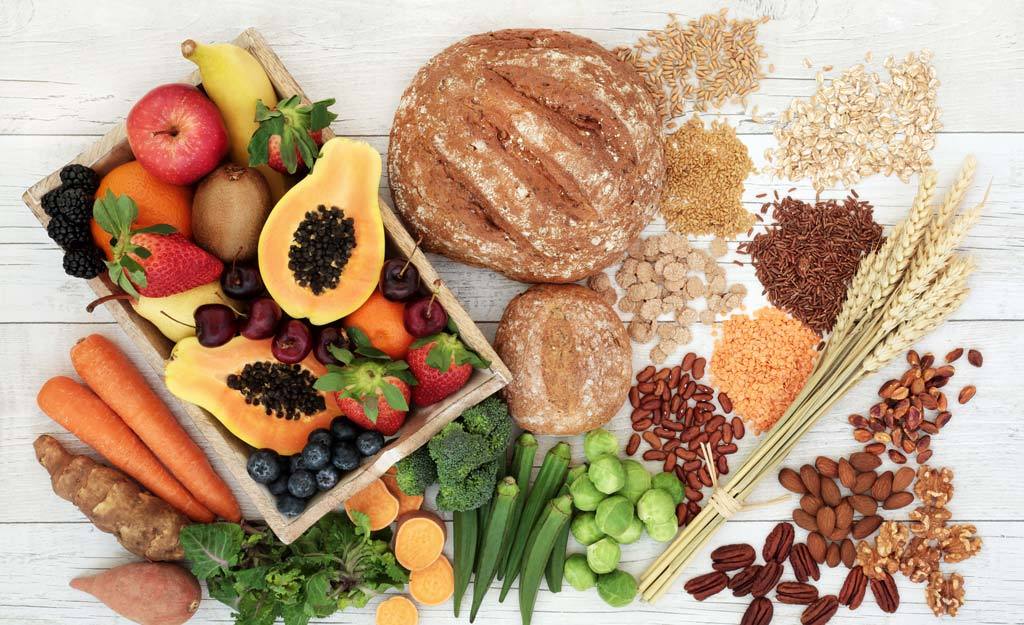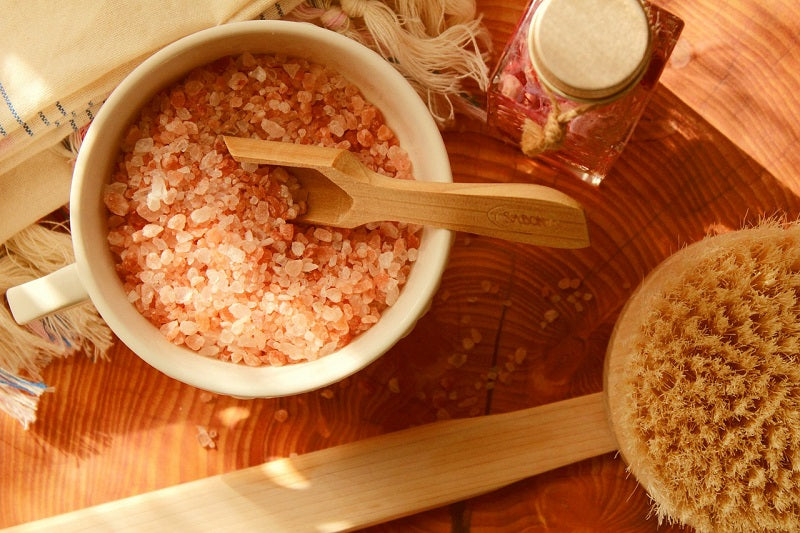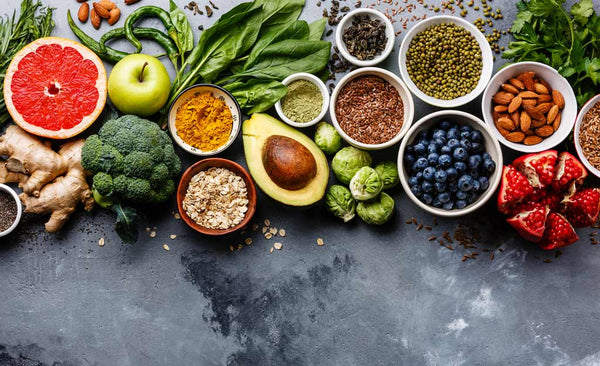FIBRE: The Secret to a Healthier Weight & Gut
The topic of fibre may sound a little dull but I assure you it's an integral part of sustaining a healthy weight.
What is Fibre?
Fibre is found only in plant foods and is technically a carbohydrate but is largely indigestible and thus does not contribute to caloric intake. Fibre keeps us more satiated for a longer period of time, which is good because it prevents cravings and snacking. It also promotes balanced blood sugar due to slow-release energy which improves vitality.
High-fibre foods tend to have a low glycaemic index (GI) and are low in bad fats. Dietary fibre is essential for our health in other ways as well.
There are two major types of fibre: soluble and insoluble.
SOLUBLE FIBRE
These fibres are mucilaginous in nature and form a gel through their capacity to carry water. They help to lower low-density lipoprotein (LDL) cholesterol while maintaining high-density lipoprotein (HDL) or the 'good' cholesterol.
A few examples of soluble fibre are fruit and veggies, oats, barley, psyllium, linseed (flaxseed), chia seed, hemp, slippery elm, and legumes.
INSOLUBLE FIBRE
Insoluble fibre is considered ‘roughage’ as it's more resistant to digestion and helps prevent constipation by producing more bulky stools and speeding bowel transit time. This type of fibre gets fermented by bacteria in the colon and produces special fatty acids beneficial to the health of our gut. Insoluble fibre protects against constipation, haemorrhoids, irritable bowel syndrome and inflammatory bowel disease.
Whole grains, the skins of fruits and vegetables, nuts, seeds, hemp, and dried beans are all great sources of insoluble fibre.
RESISTANT STARCH
While it isn’t exactly a type of fibre, resistant starch deserves a bit of our attention. For starters, it is resistant to digestion so it functions essentially kind of like soluble fibre. The powerful health benefits of this type of starch include reduced appetite, enhanced insulin sensitivity, and lower blood sugar levels.
Resistant starch is found in whole grains, cold cooked potatoes, lentils, unripe bananas, some breads and cereals (where it is termed high maize). It is also fermented in the gut, resulting in a healthier bowel, stable blood sugar and cholesterol levels.
More Fibre Benefits
A high fibre diet is also associated with a lower risk of heart disease, high blood pressure, gallbladder disease, obesity, and type II diabetes. While it is highly advisable to incorporate more fibre into your diet, here are a few important points to remember:
- Have plenty of water with soluble fibres to avoid an upset tummy or constipation.
- Large amounts of psyllium and bran can bind to essential minerals so be aware of how much you take. When you take them, do so ideally away from other food.
- Some people with a sensitive digestive function may find psyllium too harsh on their digestion. If so, opt for chia instead.
- Increase fibre in the diet slowly to avoid gas or cramping.
Simple Ways to Boost Your Fibre Intake
Without much effort and fanfare, here are quick and easy ways to incorporate more fibre into your meals:
- Add 1 heaped tsp of chia seed to your water bottle.
- Make a homemade trail mix
- Add 1/2 cup legumes to soups, casseroles or salads
- Skip refined grains and opt for whole grains instead. Choose sourdough or paleo bread, brown/red/black or wild rice, quinoa, buckwheat, millet, oats, spelt, and Kamut.
- Add 1 tbsp of LSA (linseed, sunflower, almond meal) to your smoothie, cereal or salads.
- Keep the skins on your fruits and veggies.
- Try making homemade baked beans.
My Added Take on Fibre
A curated choice of supplements can provide the essential fibre you need to maintain healthy digestion. Turmeric, for example, has a wealth of scientific data supporting its role in optimizing gut health.
Many of our followers also report that Happy Hormones and Happy Shape powder improve the regularity of their daily bowel motions.






















